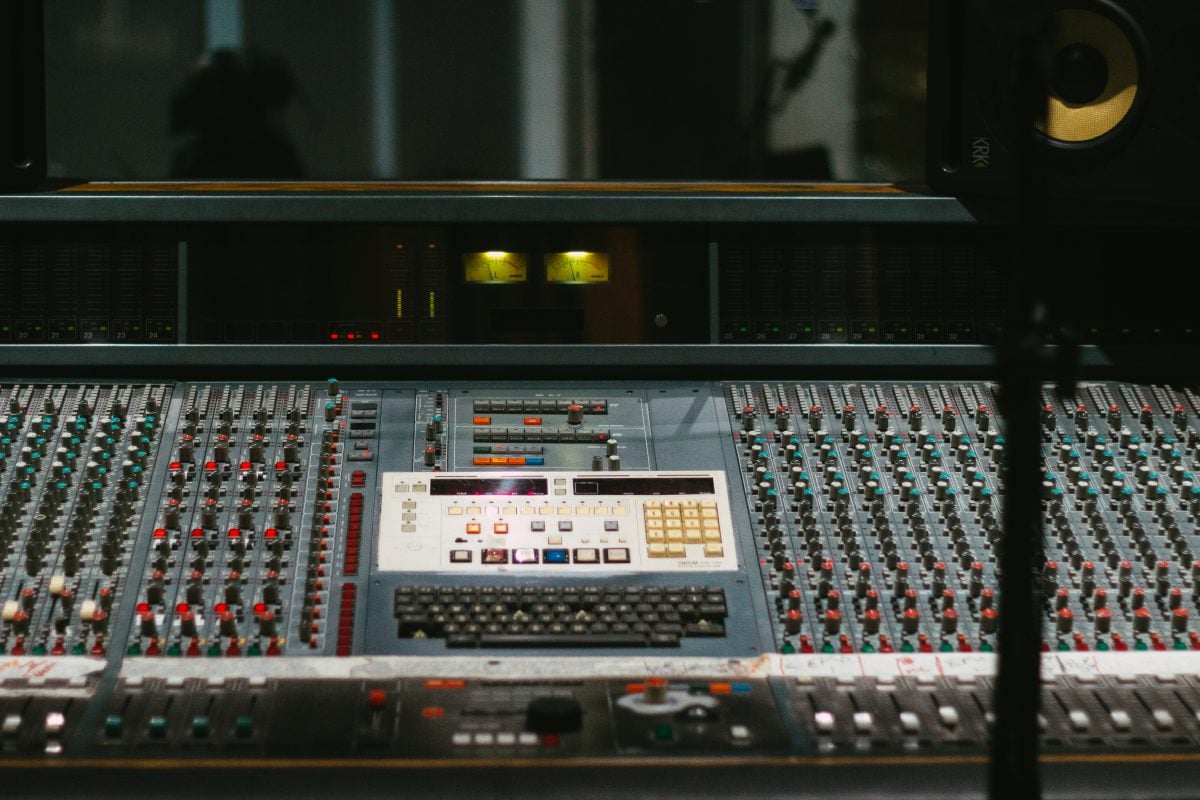The Genealogy Of Trap Dancehall

Jamaican music, since its earliest iteration has always thrived because of its drive to be current. There was never a question of whether we had music or not, it was always a question of what was the dominant genre. This intention to dominate and be the best version possible seems to have been coded into the DNA of the music over the years. What was once a condition became criteria.
It is a music that very literally started from nothing, is driven to evolve, and engineered by a prestigious lineage of practitioners constantly more adept than the next.
The progression of Jamaican music has been steady:
- From Mento, with it’s heavy focus on slower melodic rhythm,
- Ska and it’s walking bassline which is accented by rhythmic upbeats
- Rocksteady which is a slower, more soulful take on ska’s musical principles
- Reggae Music added a bit of speed and the signature staccato
- Dancehall became an even faster evolution of the reggae sound
Hip Hop’s latest evolution or sub genre is trap music, which is in itself fast-paced. There is a complex back and forth relationship between Jamaican music and hip hop. Hence, it would make sense if at some point, dancehall and trap would be able to meet and unite musically. It didn’t take long after the establishment of Chicago’s drill scene for Jamaican artists to start seeing the possibility of this meeting ground. Culturally, there were many similarities as well. Pretty soon many artists began to experiment in the space where the two genres could fuse, most notable are artists including the 6ixx’s Squash, Rygin King, and a small group of others.
The potential that existed in the space between these two genres was so abundant that it began to take on a life of its own. The trap dancehall agenda became real. There was so much of a connection in the culture and exchange in the music over the years that eventually, trap dancehall is now a subgenre. It’s an exciting concept for many, but some are cautious and wary.
The elders within the dancehall fraternity especially, warn against the dangers of emulating another genre instead of maintaining the legacy and tradition of the sound we have. Of course, there is truth to this argument.
Yet, there are those who feel that it’s simply the next progression of the music. The younger audience and practitioners of the music tend to lean more toward this worldview. There is also truth to it.
When it comes to creativity it’s hard to really draw the line; everything that we make is inspired by something else. We’re not quite sure what the birth of this sub-genre means, and maybe we don’t have to rush to say. Perhaps the very idea that a space abundant enough to hold a sub-genre exists between hip hop and Jamaican music, simply means there is something there worth paying attention to. Perhaps there is something significant about the relationship that only time can reveal.
